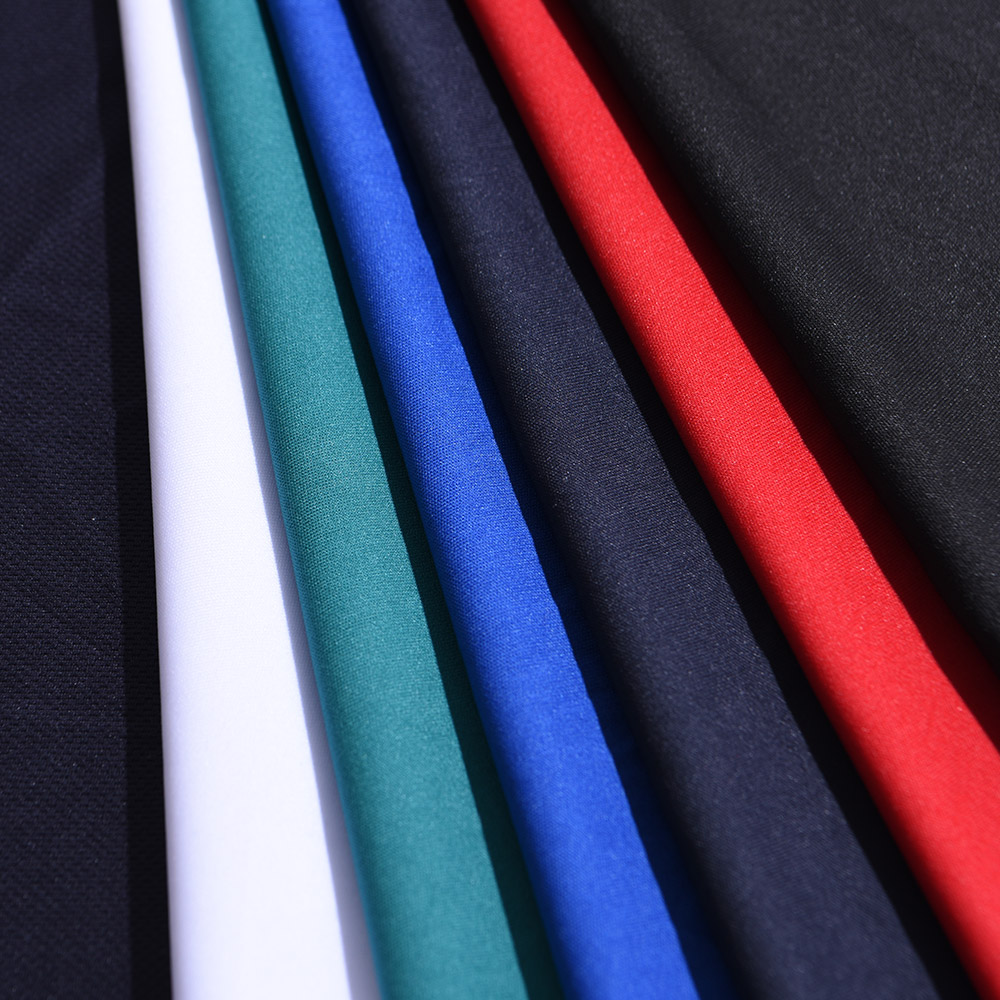As the key material of the mask filtration link, meltblown cloth is called the "heart" of medical surgical masks and N95 masks, the protective masks on the market mainly rely on the middle of the meltblown non-woven fabric to play a filtering role, and its filtration principle is the material fiber to block the retention of particulate matter and electrostatic adsorption. Recently, due to a surge in demand for masks, meltblown cloth is "hard to find" and the price has even increased by more than ten times. In the mask industry for meltblown cloth and crazy time, meltblown cloth alternative materials are emerging, effectively alleviating the current contradiction between supply and demand.
I. Expanded polytetrafluoroethylene (e-PTFE) membrane

e-PTFE microporous filtration membrane layer is the use of PTFE resin raw materials by expanding and stretching the film, the surface has a spider web type of microporous structure, and meltblown cloth electrostatic filtration principle is different, PTFE membrane is physical isolation, the membrane has many micro pores, these micro pores are evenly distributed, the pore size is about 100 times smaller than the meltblown cloth, the porosity is up to 80% or more, good ventilation, can be washed and disinfected by water and other It can be washed and disinfected to achieve repeated use.
Second, nano-cellulose / activated carbon particles composite filter layer
The new mask production material is intended to use a nano-cellulose/activated carbon particle composite filter layer with high surface polarity instead of commercial polypropylene (PP) meltblown cloth filter layer, and the processing technology is direct spray drying. The nanocellulose network with high surface polarity can effectively adsorb and retain viruses and particulate matter through strong hydrogen bonding, which can improve the filtration efficiency while having the advantages of simple process, high efficiency and abundant and cheap raw materials, which can greatly improve the mask protection effect.
Electrostatic spinning nano-fiber membrane
The test results show that the nano-fiber film has a fiber diameter of only 50nm~200nm and a pore size of 30nm~90nm, which has both physical filtration and electrostatic adsorption filtration effects, solving the problem that the charge adsorption capacity of meltblown cloth will weaken with time and environmental changes. This solves the disadvantage that the charge adsorption ability of meltblown cloth will weaken with time and environmental changes, thus leading to the gradual decay of the filter function. And the price is more favorable than meltblown cloth, and the production speed is also faster. The company's nano-fiber film production capacity of 500 kg per day, can be used for mask factories to produce 500,000 masks.
IV. Antibacterial new fiber material
Lepe's has passed 2 patented certified technologies: new fiber cloth and Lepe's antibacterial No.1 non-woven fabric, which is used to transform the disposable medical masks currently using meltblown cloth. The transformed and upgraded masks use antibacterial patented materials, which can not only resist the entry of bacteria, but also kill the harmful bacteria attached to the surface, playing a multi-protection role, with a filtration effect of 95%-96%, and can be used to replace meltblown cloth. At present, LOPEZ has put the material into the production of disposable masks, with a daily output of 500,000 to 1 million pieces/day.
V. Soft support nanofiber membrane
Zhejiang University of Technology research team has developed a new material for soft support nano-fiber membrane masks to replace meltblown materials. The new material for masks does not require electrostatic electret treatment and can filter airborne viruses and bacteria and other particles by physical mechanical retention alone, and will not affect the filtration effect and durability due to changes in the application environment such as high humidity. After testing, the filtering efficiency of the mask made of this material is more than 95%, the inspiratory resistance is 88-91Pa (much lower than the standard requirement of ≤ 350Pa), and the expiratory resistance is 76Pa (much lower than the standard requirement of ≤ 250Pa), which meets the KN95 requirement of GB 2626-2006 standard, and the Zhejiang Provincial Market Supervision Bureau also recommends this material as the ideal effective material to replace the meltblown layer in the mask. At present, the technology has been industrialized, and the new material of this mask has been produced at full capacity, which has formed a daily production capacity of 40,000 square meters and can guarantee a daily production of about 1.3 million masks.
Structural regulation of soft support nanofiber membrane
Having said that, we can see that there are quite a lot of alternative materials for meltblown cloth, but these materials are not developed in the last two months months, but these materials themselves already exist, just because there are no alternative products for meltblown cloth according to the usual price, like PTFE film these do not have a competitive advantage, and it is because of the cost aspect does not take advantage, so there is no development towards the mask application. But after the epidemic, due to the shortage of meltblown cloth, the market price soared, and these materials were able to emerge with commercial value, appearing to be replaceable. It is possible that the acceptance of the new material is not very high for the enterprises who are used to meltblown cloth, but it is undeniable that the emergence of these materials has effectively relieved the current pressing need of mask production.
Contact: Jeanne yang(MISS)
Phone: 13912652341
E-mail: [email protected]
Add: Room A2216/A2217,Double-Star Building,No 567 New South Middle Road, KunShan City JiangSu Province ,China.